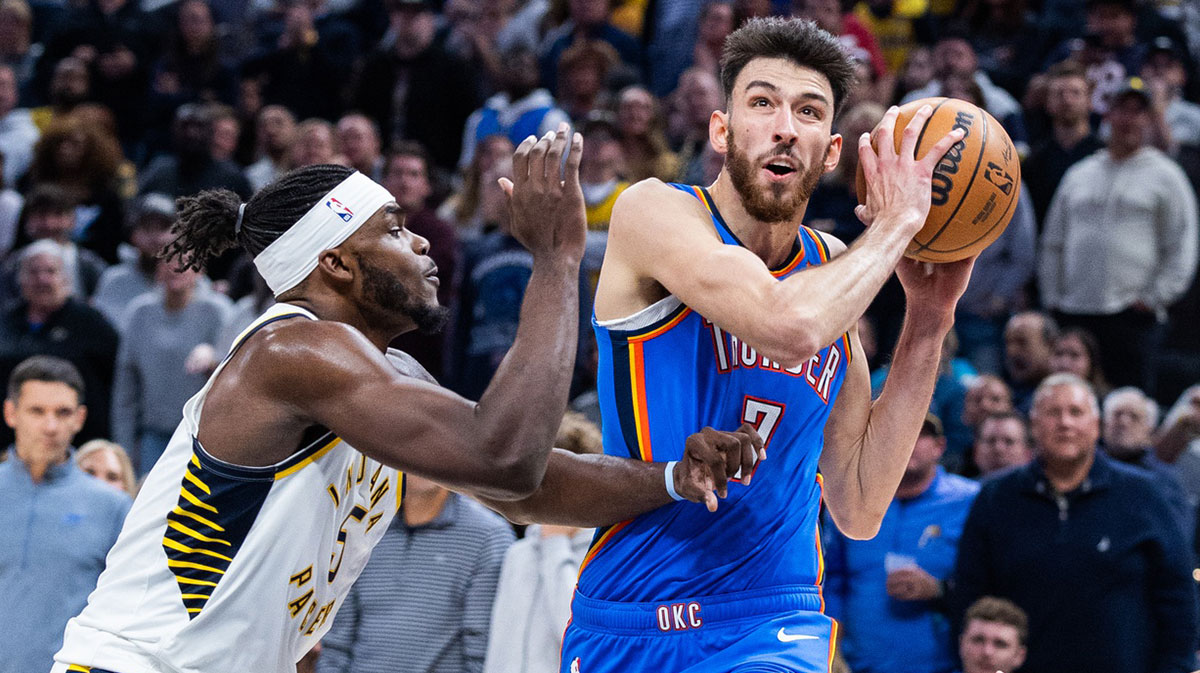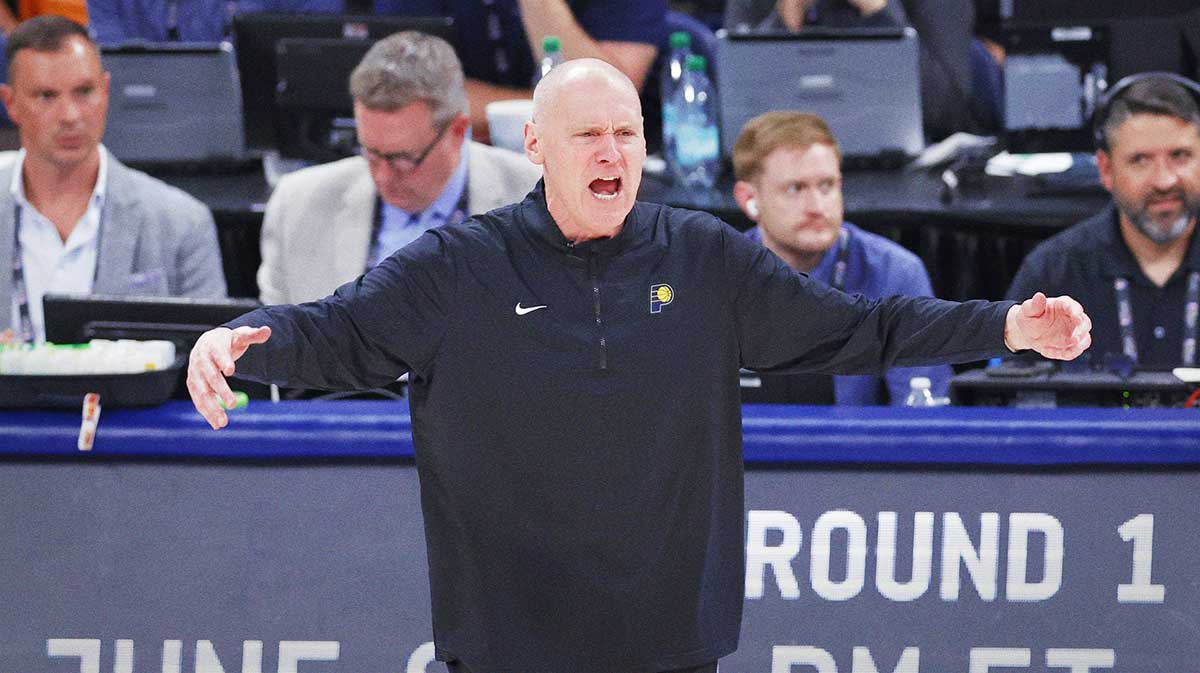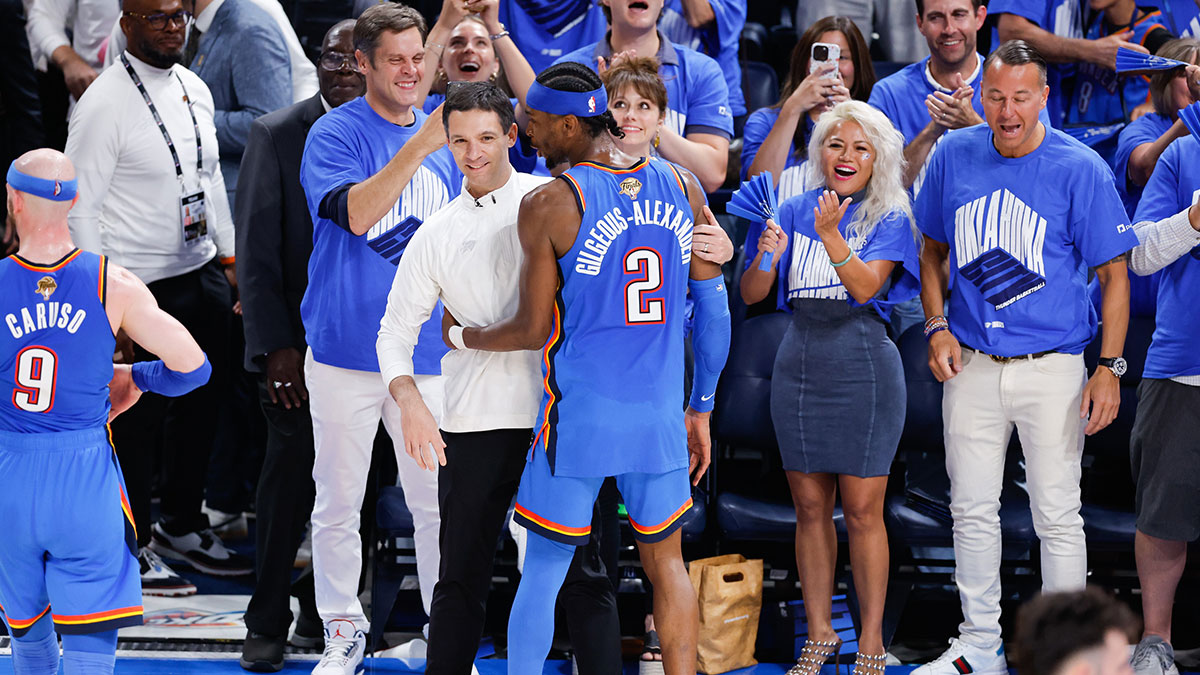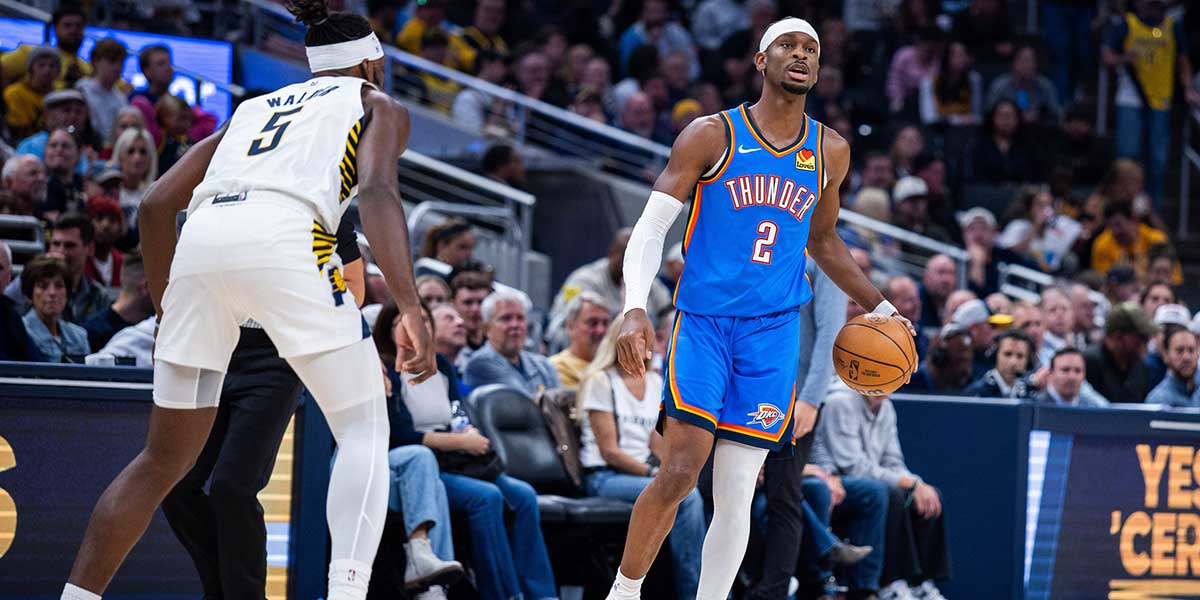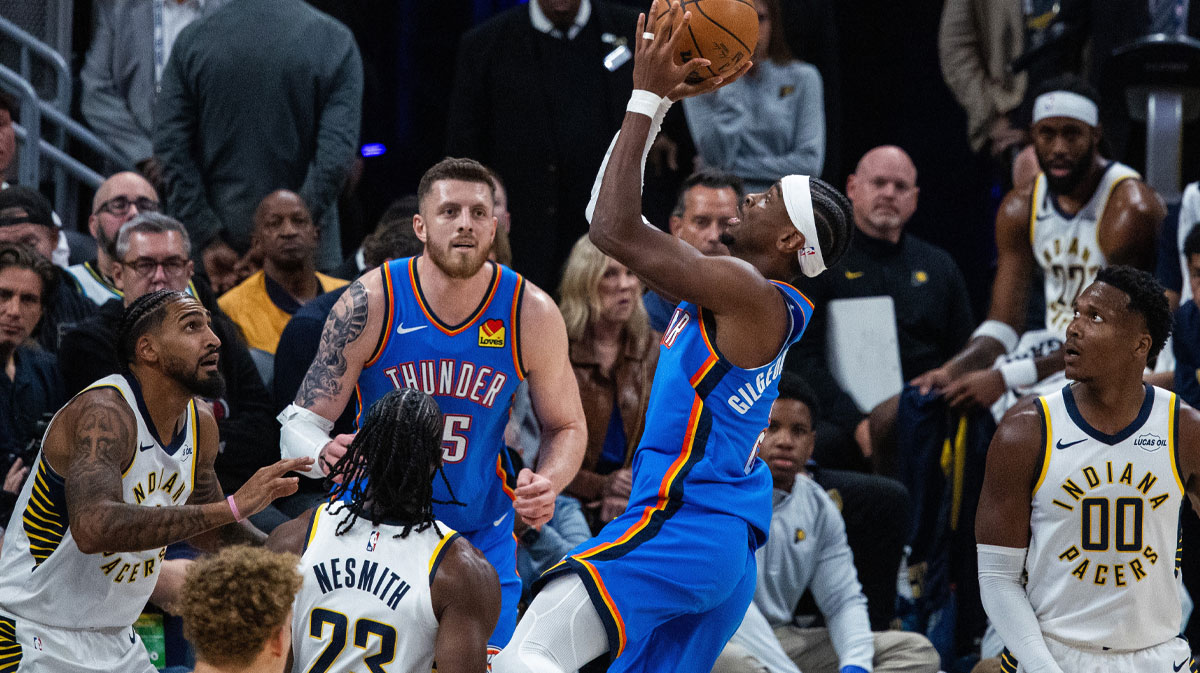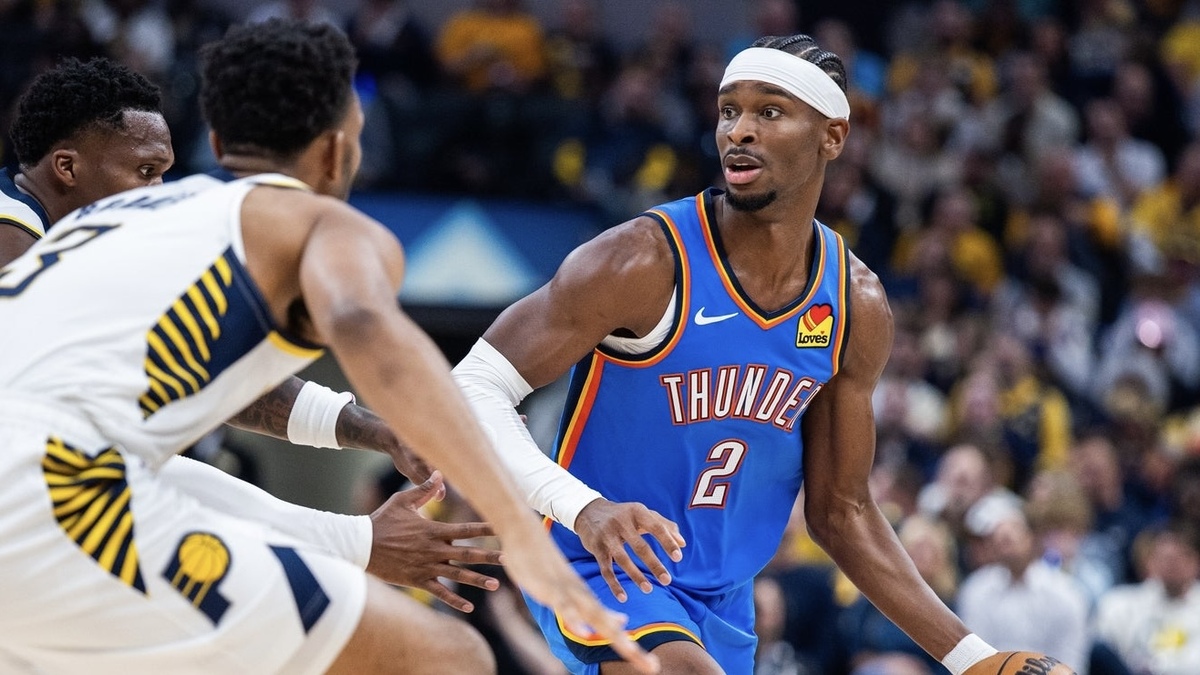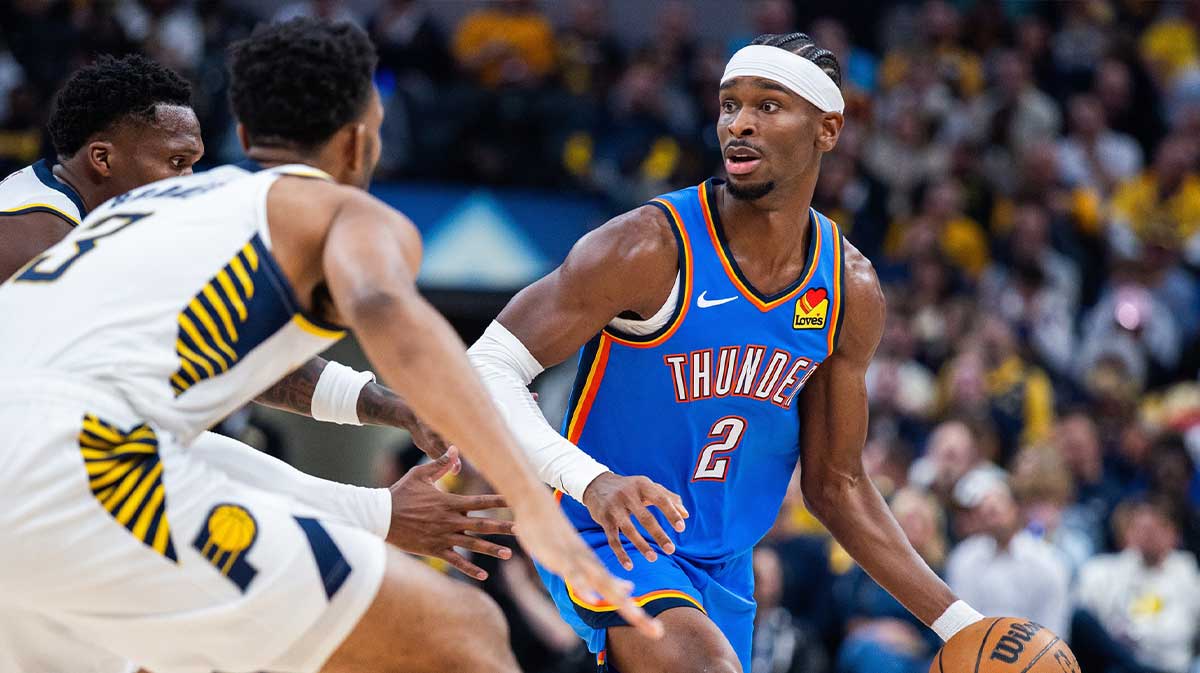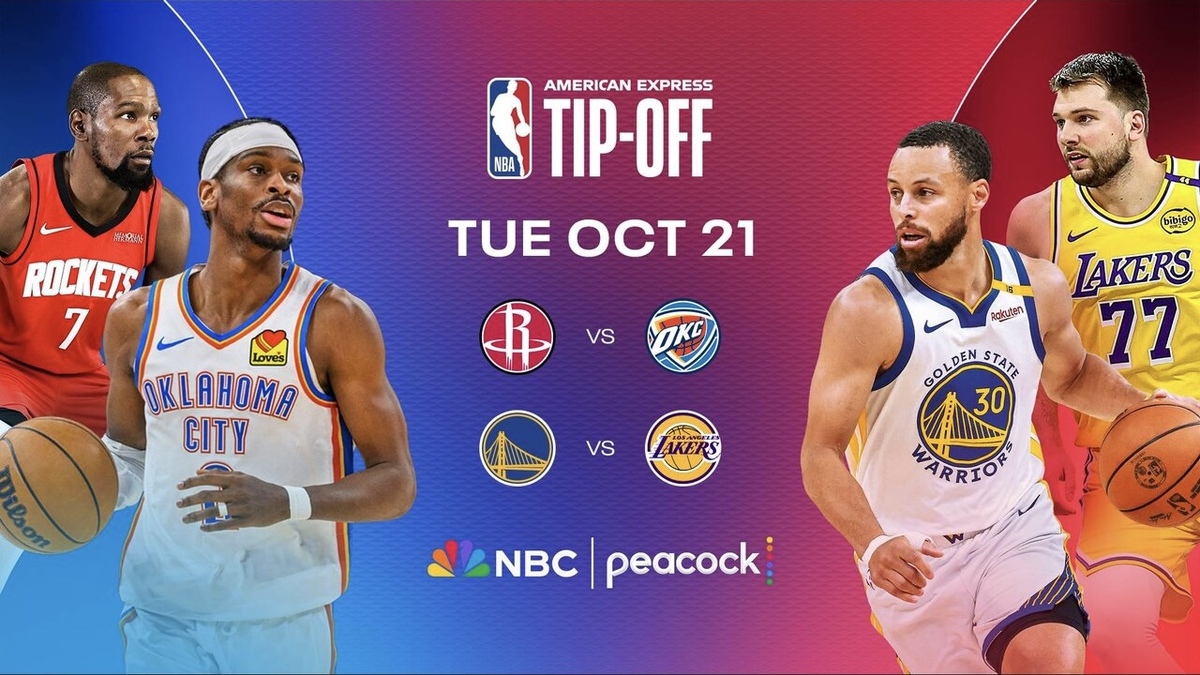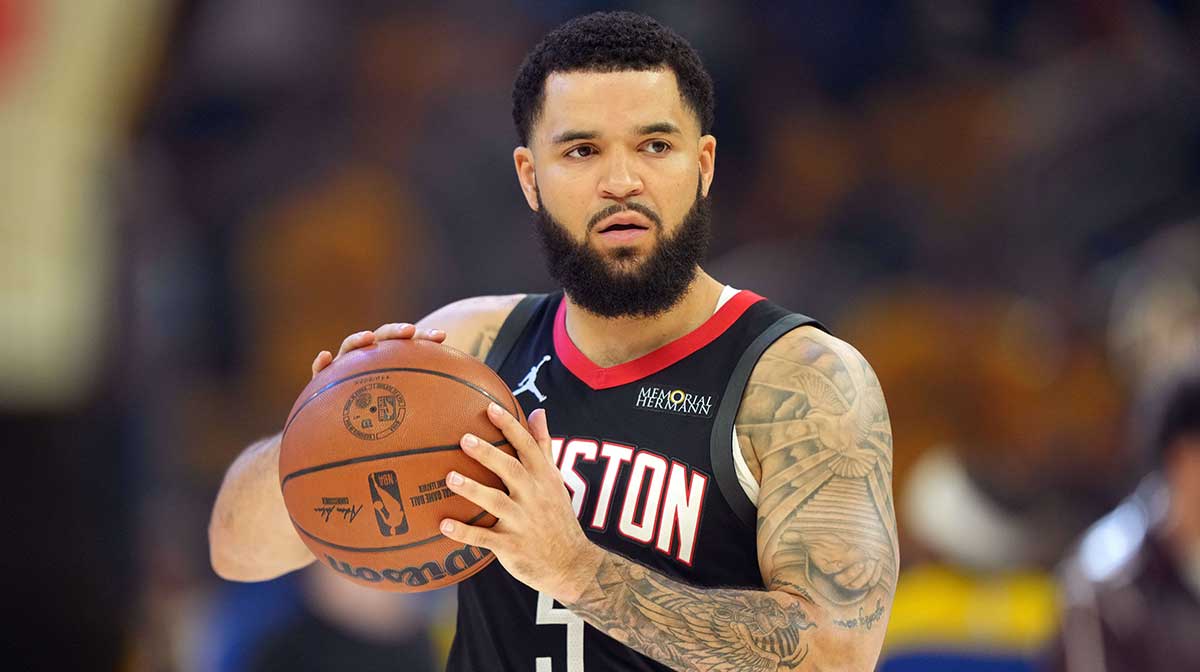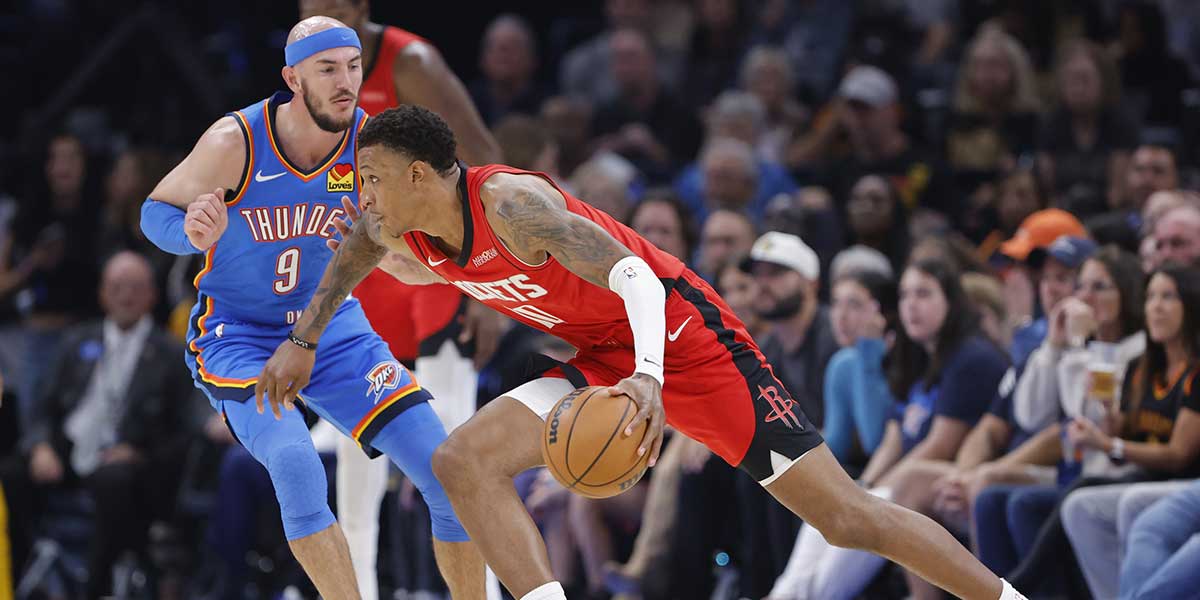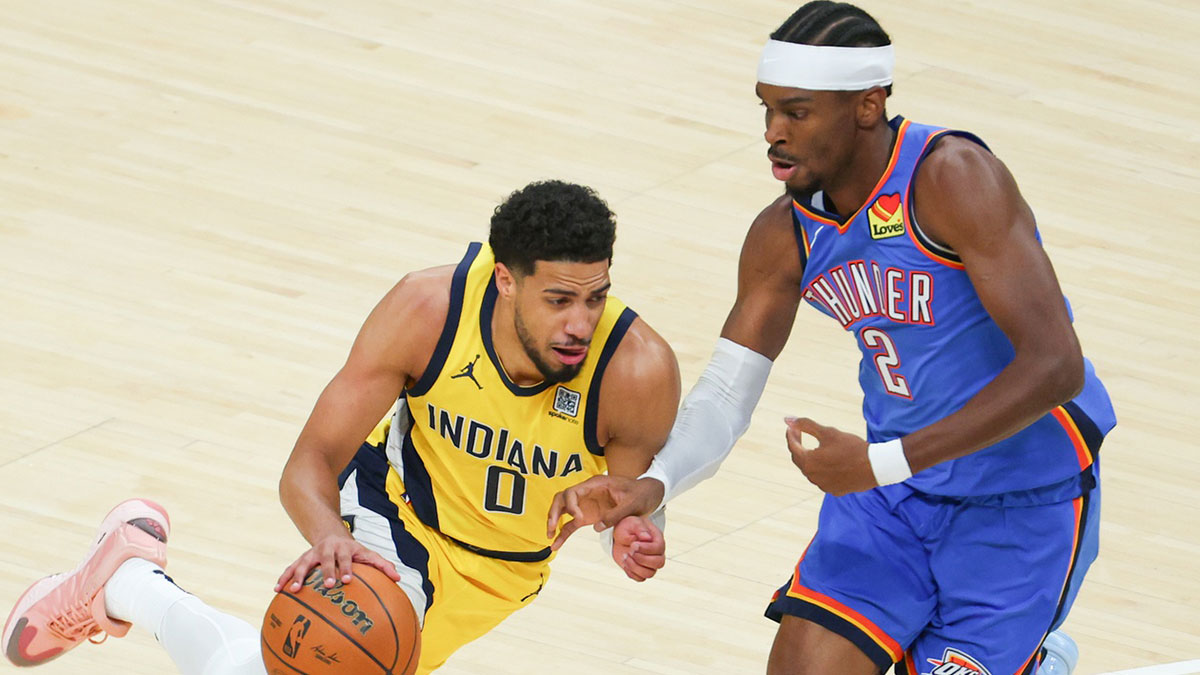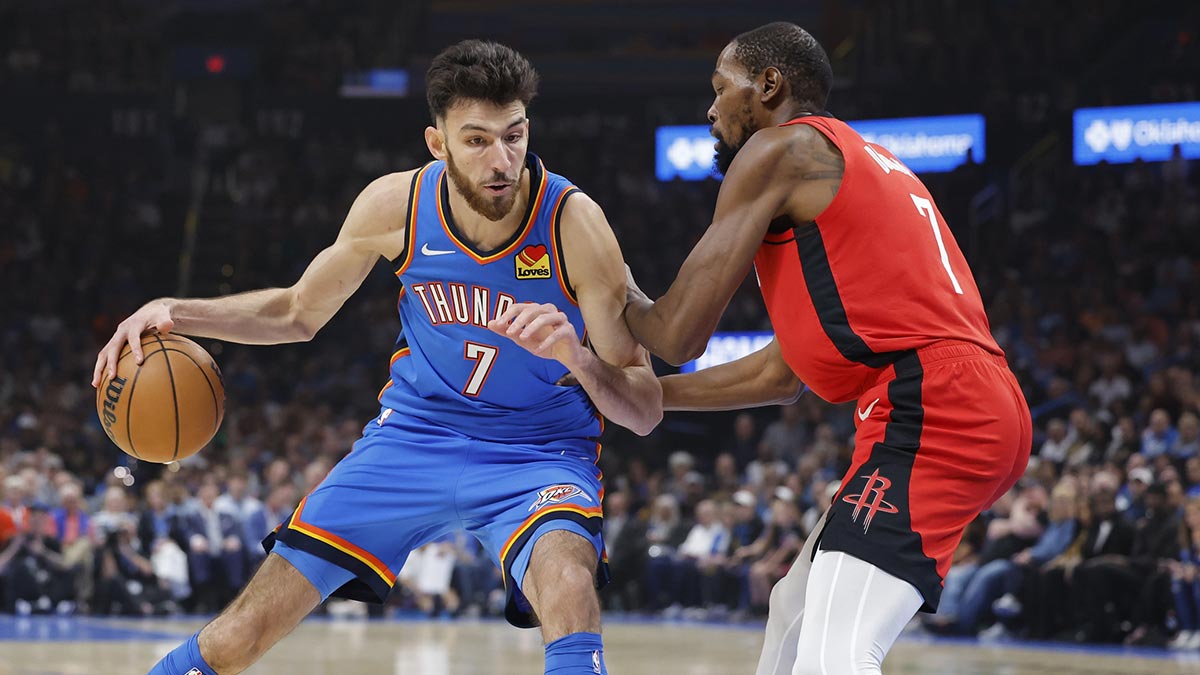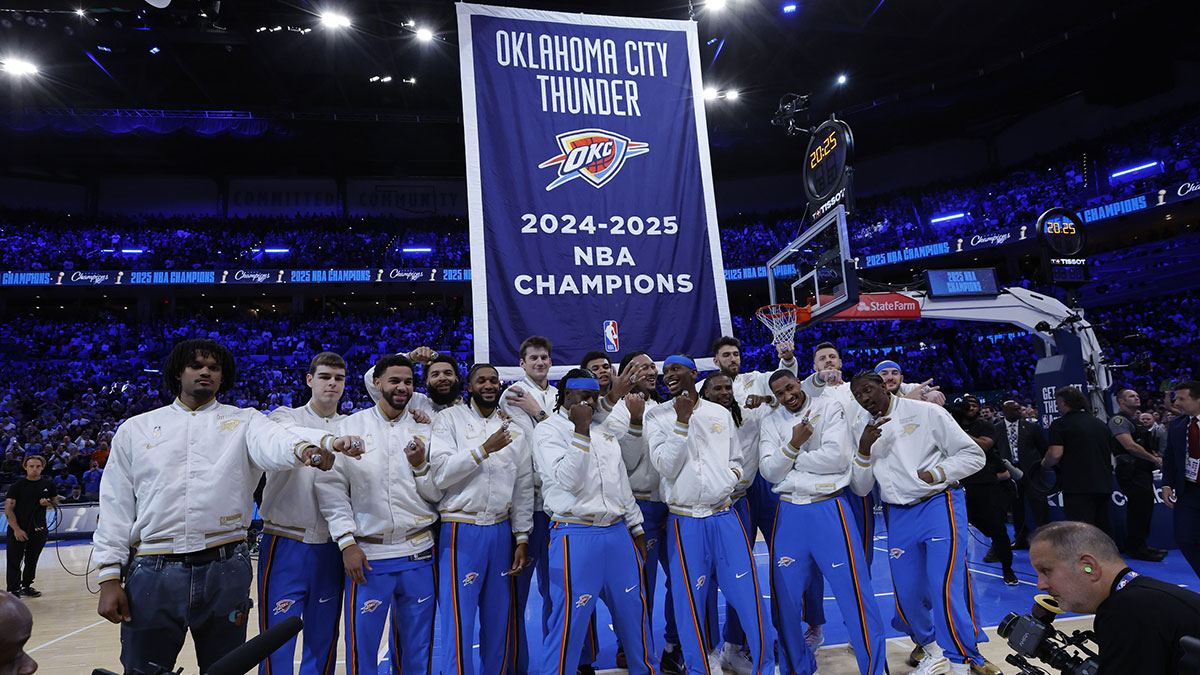Paul George has looked great in his return from rotator cuff surgery this past offseason and debut for the Los Angeles Clippers. The six-time All-Star forward is averaging 23.4 points, 6.3 rebounds, and 3.6 assists per game through 10 appearances for the Clippers while still getting his legs back under him.
That being said, with George no longer even on the team, is it possible to justify the Oklahoma City Thunder “winning” the George trade with the Indiana Pacers?
George went from Indiana, to OKC, and now L.A., but it's fair to reflect on the impactful deal between the Pacers and Thunder as the two teams meet on Wednesday and two-time All-Star shooting guard Victor Oladipo nears a return from a ruptured quad tendon, which has sidelined him since January earlier this year.
As far as NBA trades go these days, the July 2017 deal went as followed: the Pacers sent George for OKC's Oladipo and steadily improving big man Domantas Sabonis (no conditional second-round picks or cash necessary). The Pacers have gotten quality minutes from the 23-year-old Sabonis, who is averaging career-best 18.4 points, 13.1 rebounds, and 3.8 assists per game this season and signed an extension with the franchise worth $77 million over the next four years.
Disregarding Oladipo's injury as diminishing the total package's value for George, the most important detail in the 2017 trade is what the Thunder did next. In two seasons with OKC, PG looked like an MVP candidate; however, the Thunder lost in the first round of the Western Conference playoffs in back-to-back years.
What happened next was general manager Sam Presti blowing up the Thunder, sending Russell Westbrook to rival Houston Rockets and, crucially here, George to the Clippers.
In return for George (which, remember, is essentially in return for what OKC got for Sabonis and Oladipo), the Thunder received rising star guard Shai Gilgeous-Alexander, competent veteran forward Danilo Gallinari, and multiple future first-round picks. That's four unprotected first-rounders and two conditional ones via Miami.
This has set up the Thunder to fast track their rebuild, with either outright drafting multiple blue-chip players in future NBA Draft first rounds, or more practically using the picks to acquire star talent with compensation to teams or bundling picks to move up in drafts. Basically, there are a lot of options for the Thunder in the very near future to accelerate their rebuilding period.
That point alone doesn't ruin Indiana's claim that two bona fide very good players in Oladipo and Sabonis aren't sufficiently justified as “winning” the George trade (in fact, there's a good argument there that having two good players can be more valuable than undefined players down the road!; you now can't judge the 2017 deal until those picks yield players).
However, what's key here is Presti and OKC having a road map to contention with the flexibility afforded to them by selling high on PG and getting a ransom's fee from the Clippers to pair him with Kawhi Leonard.
The Thunder won't magically be better than the Pacers in the future because they were able to flip George again for a very good compensation package. And likewise, Indiana still has two good pieces in Sabonis and Oladipo (the latter of whom is signing through next season, too). Nevertheless, OKC is still the current winner of the deal because they currently created the best possible situation from trading George.
That may not necessarily translate to wins right now, but it should provide them a new path to contention in the near future.


